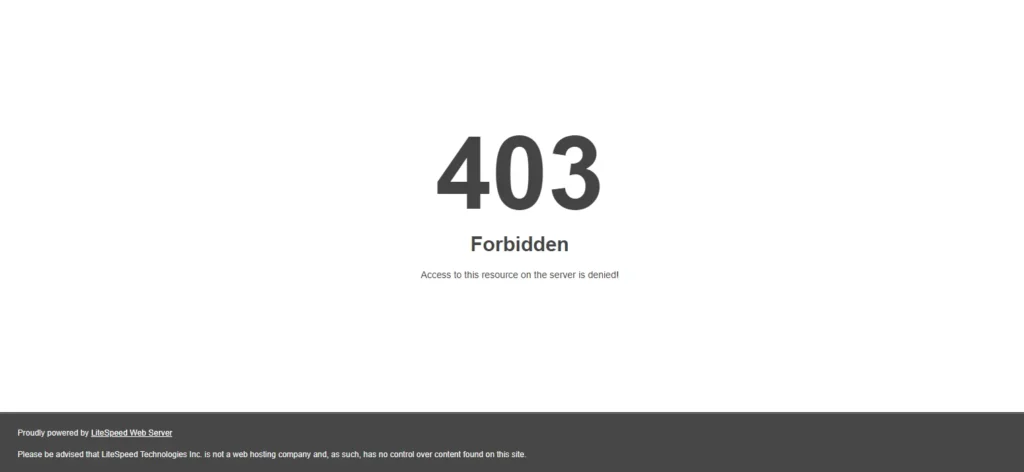Here is How to Enable WP_DEBUG in WordPress, you need to edit the wp-config.php file located in the root directory of your WordPress installation.
Step 1: Access wp-config.php
-
Use FTP (like FileZilla), cPanel File Manager, or your local file system.
-
Locate the
wp-config.phpfile in the root folder (same place aswp-admin,wp-content, etc.)
Step 2: Add or Update the WP_DEBUG Code
Find this line in the file:
Add the following code just above it:
This will:
-
Enable debugging (
WP_DEBUG) -
Log errors to a file (
debug.log) -
Display errors directly in the browser (
WP_DEBUG_DISPLAY)
Where Is the Debug Log File?
If you use WP_DEBUG_LOG, all errors will be saved to:
You can open it with any text editor to review recent errors and warnings.
Hide Errors from Public View (Optional but Recommended)
Sometimes, especially on a shared server or public demo, you might want to log errors silently—without showing them on screen. In that case, use this setup:
This allows you to debug behind the scenes without scaring off users or leaking information.
What Happens if You Leave WP_DEBUG Enabled?
Leaving WP_DEBUG on a live site is risky:
-
Users might see raw error messages
-
Hackers could exploit exposed paths and vulnerabilities
-
It looks unprofessional to clients or customers
🧩 When to Turn It Off?
After you’ve:
-
Fixed the issue
-
Deployed updates
-
Completed theme/plugin development
Simply revert this line:
And make sure logging and display are also turned off.
Conclusion
Enabling WP_DEBUG is one of the most powerful tools WordPress developers have for identifying and fixing bugs. Just remember to use it wisely—only in a safe, non-public environment—and turn it off before going live.
FAQs:
What is WP_DEBUG in WordPress?
WP_DEBUG is a PHP constant used to turn on the built-in debugging mode in WordPress. When set to true, it shows PHP errors, warnings, and notices, which can help you identify issues during development or troubleshooting.
Where is the WP_DEBUG setting located?
You’ll find the WP_DEBUG setting in your WordPress wp-config.php file. It’s located in the root directory of your WordPress installation, alongside folders like /wp-content/ and /wp-admin/.
How do I enable WP_DEBUG in WordPress?
To enable WP_DEBUG, open wp-config.php and add the following code before the line that says /* That's all, stop editing! */:
Where can I find the debug log file in WordPress?
If you’ve enabled WP_DEBUG_LOG, WordPress will create a log file at:
You can open it using any text editor to view recent error logs.
Can I enable WP_DEBUG without showing errors to visitors?
Yes. Use the following configuration to log errors silently without displaying them in the browser:
This way, errors are saved privately in debug.log without affecting user experience.
Is it safe to keep WP_DEBUG enabled on a live site?
No. Keeping WP_DEBUG enabled on a production/live site is not safe. It can expose sensitive error messages to visitors or hackers, potentially revealing file paths or vulnerabilities. Always disable it when not in use.
When should I enable WP_DEBUG?
Enable WP_DEBUG when:
-
You’re developing a theme or plugin
-
You’re fixing a bug or error
-
You’re working in a staging or local environment
-
You need more visibility into what’s breaking your WordPress site
How do I know WP_DEBUG is working?
Once you enable it and trigger an error (e.g., a faulty plugin), you should either:
-
See error messages on the screen (if
WP_DEBUG_DISPLAYis true) -
Or find entries inside
/wp-content/debug.log
If neither happens, double-check that your changes to wp-config.php were saved correctly and placed before the /* That's all, stop editing! */ line.
Subscribe to Our Blog with your email (Is it too much too ask?);



